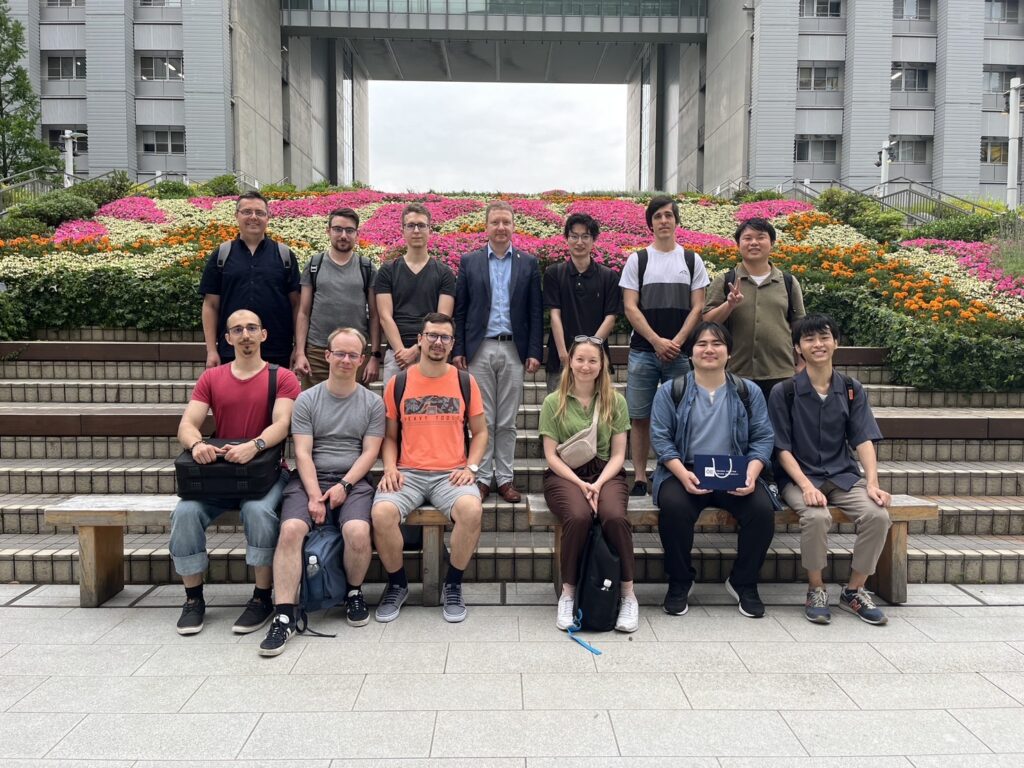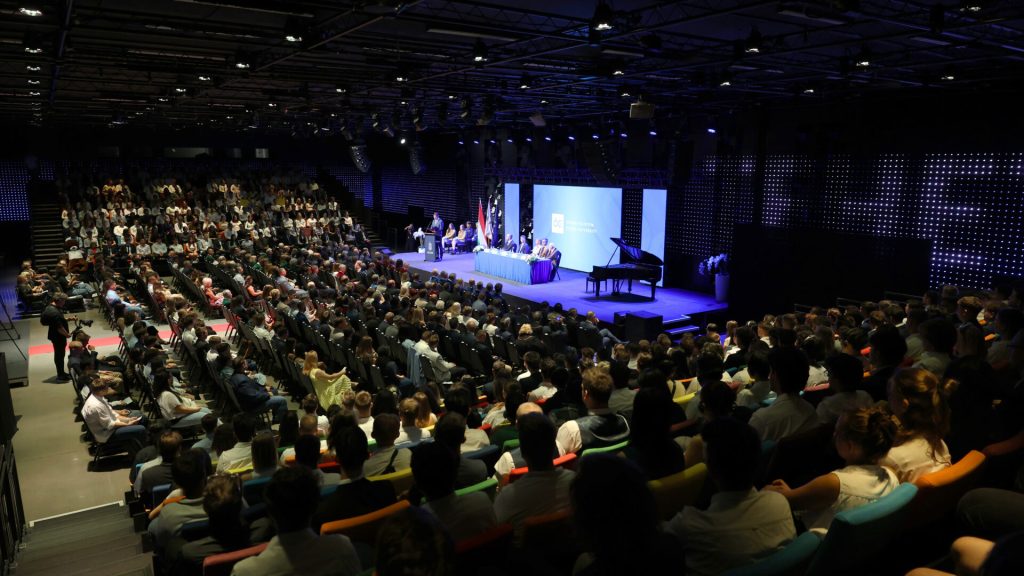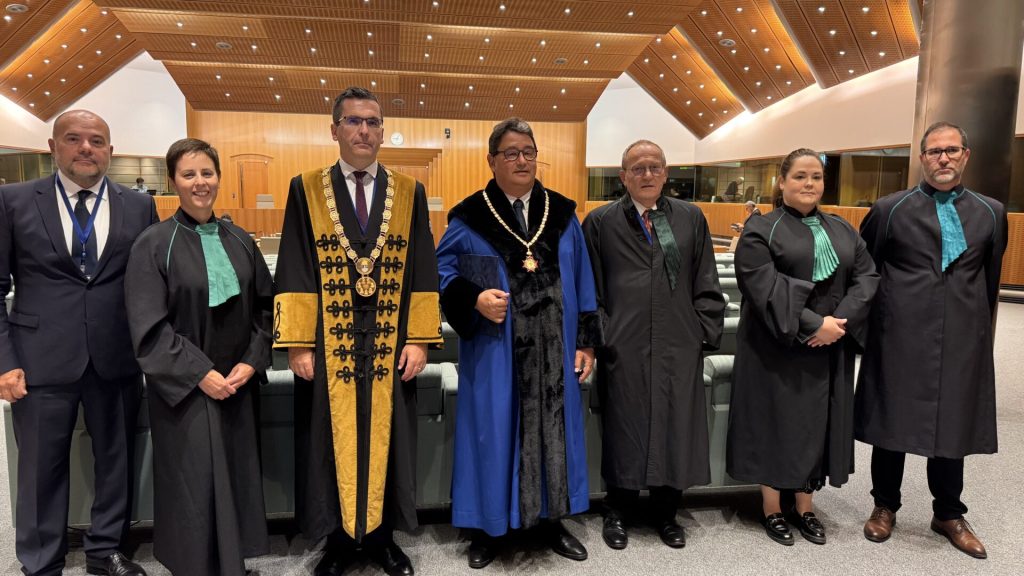As part of a mobility program, staff and students from the Antal Bejczy iRobottechnical Center traveled to Tokyo, where, during institutional visits, they gained insights into how artificial intelligence and robotics are being integrated in the Far East according to the latest research trends at our university.
The nine‑member group participated in the professional program, including visits to Tokyo Metropolitan University and the “International Workshop on Community‑centric Systems and Robots 2025 (IW‑CcSR 2025)” conference.

During the plenary session, Prof. Dr. Peter Galambos presented how robotics and generative AI are interconnected, using one of Obuda University’s research projects as an example. From the engaging presentations by Japanese and Hungarian young researchers, our delegation learned how the most advanced research trends combine AI and robotics—followed by lively technical discussions during the breaks.
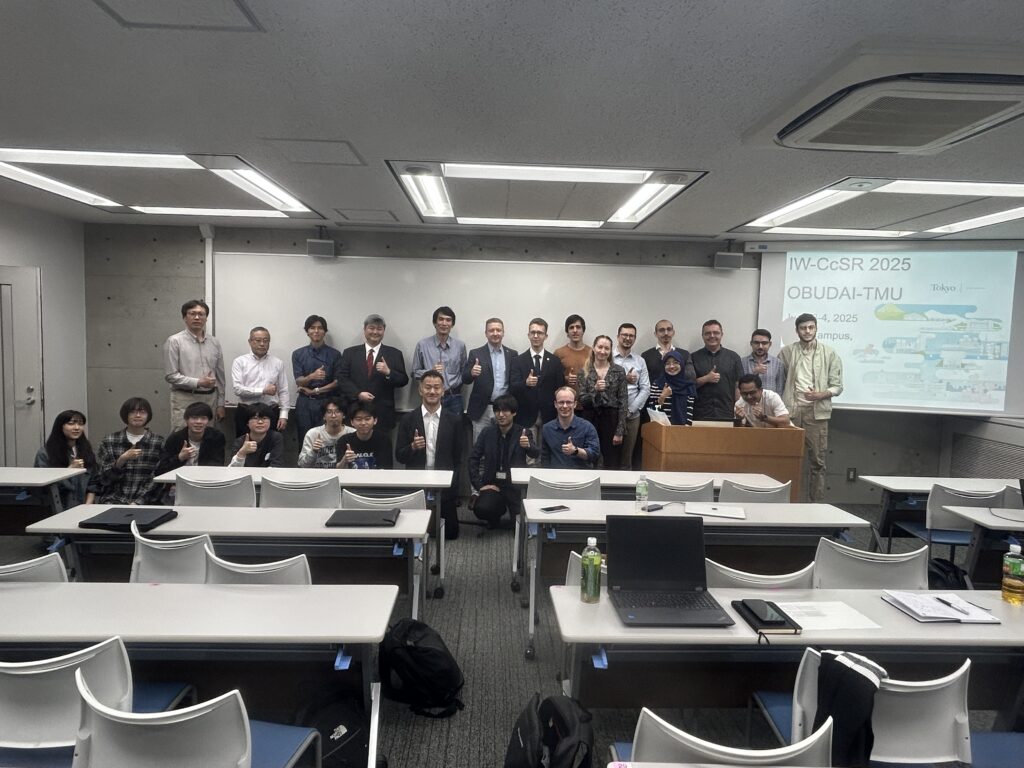
The IW‑CcSR 2025 conference continued at Tokyo Metropolitan University. In his presentation, Dr. Hirooki Shibata, a young researcher at the university, introduced mathematical models of a new type of neural network whose architecture accelerates training processes and enables efficient execution on specific hardware platforms. Tadamitsu Matsuda from Juntendo University demonstrated the benefits of integrating multiple medical rehabilitation methods into engineering systems. His presentation particularly highlighted interdisciplinary collaboration opportunities among the universities present.
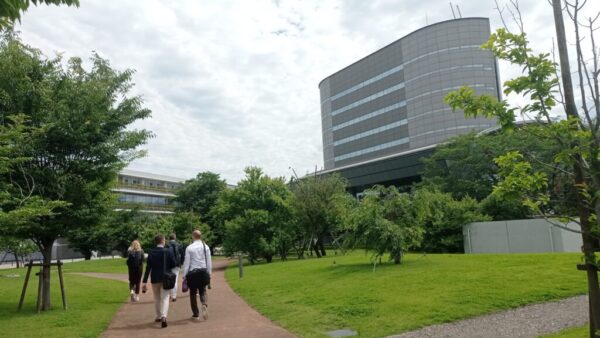
Presentations by young researchers from Obuda University and Tokyo Metropolitan University offered exciting insights into cutting‑edge research directions, with special attention to how robotics and AI can be combined to solve complex problems in both everyday life and various industrial domains.
Ryota Yamada of OMRON Corporation showcased how new‑generation AI solutions and 5G technologies can enable faster data acquisition and processing, opening new possibilities to enhance the efficiency of industrial processes.
During the tour of Tokyo Metropolitan University’s laboratories, our delegation had the opportunity to learn about the work of various research groups. At the Kubota Lab, they gained insight into the “Intelligent Robotics Laboratory” and its mobile “Living Lab” system, offering cognitive and motion‑analysis technologies applicable in hospitals. In the Wada Lab, they observed several service robots in operation, including automated shelf‑restocking and cleaning systems, as well as therapeutic robots developed for the elderly. The Shimokawara Lab introduced projects integrating intelligent systems. At the Takesue Lab, they learned about robotic solutions for aerial and underwater mobility. In the TLL and Room J facilities, various interdisciplinary research directions were showcased. On the Minami‑Osawa campus, they also learned about new projects in the Yamamoto and Kubota Labs.
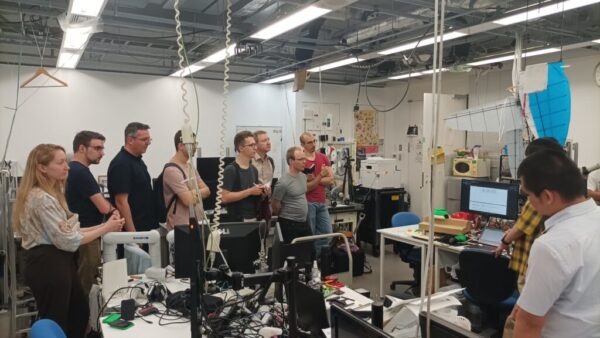
At the Toyosu campus of Shibaura Institute of Technology, our university delegation was welcomed by students of Takashi Yoshimi, several of whom had visited Obuda University last year. During the meeting, the Japanese students presented their current research results, including wick‑pattern printing techniques and robot control systems. The group toured the modern Toyosu campus facilities, visiting several labs where they observed various mobile robot platform solutions—some specifically developed for human–robot interaction—and robotic‑arm systems capable of efficiently handling textiles. Following this, members of the Obuda University team presented their own research topics.
